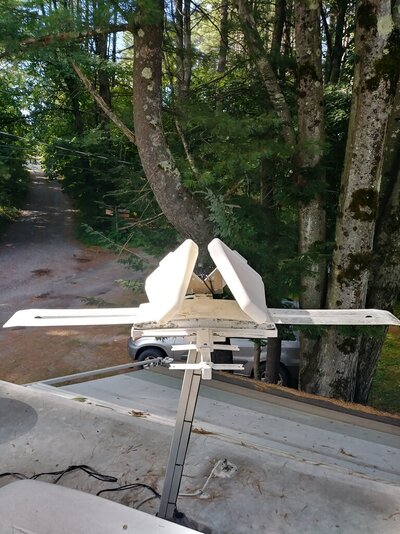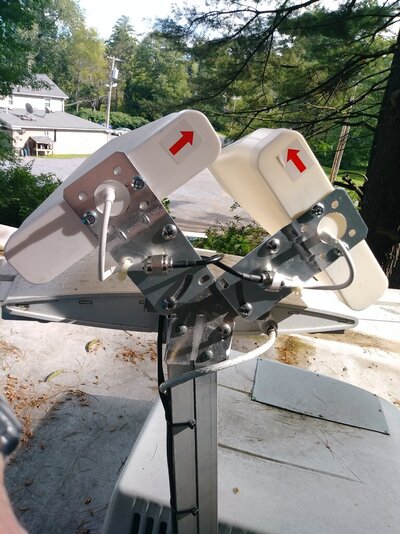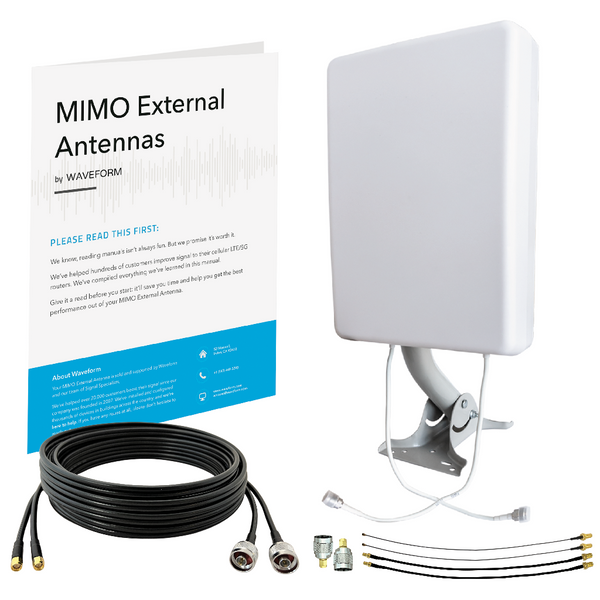We've recently cut the cord so to speak at home and are now fulltime streaming at home. This is fine for the home that has internet service such as Comcast. However, this will not work for us when we are on the road in our 5er. I'm thinking of adding a cellular booster and then using my cellphone as a hotspot to provide the data connection for streaming. I was able to get a stream going today with a Fire TV and my cell. The picture was not as good as I would like and I think the cell booster is the way to go. Question for the forum is, has anyone one this? If so, what equipment did you use and how was the result.
I'd like some input before I plunk down $500 or more on a booster. I'm not worried about data caps or the difference between plan unlimited data and hotspot data. I've got that covered, I am more concerned with the quality of signal reproduction in order to facilitate streaming.
I'd like some input before I plunk down $500 or more on a booster. I'm not worried about data caps or the difference between plan unlimited data and hotspot data. I've got that covered, I am more concerned with the quality of signal reproduction in order to facilitate streaming.



